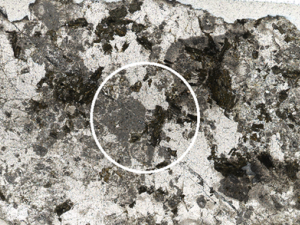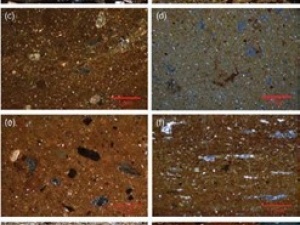Agricultural Soils of the Animas River Watershed After the Gold King Mine Spill: An Elemental Spatiotemporal Analysis via Portable X-ray Fluorescence Spectroscopy
Abstract
In August 2015, 11.3 million L of heavy metal–contaminated water spilled into the Animas River from the Gold King Mine (Colorado, USA). National attention focused on water quality and agricultural production in areas affected by the spill. In response to local concerns, surface soil elemental concentrations were analyzed in three New Mexico agricultural fields to determine potential threats to agronomic production. Irrigated fields in the Animas watershed were scanned using portable X-ray fluorescence (PXRF) spectrometry to monitor the spatiotemporal variability of Pb, As, Cu, and Cr. A total of 175 locations were scanned using PXRF before and after the growing season for 3 yr. The geostatistical model with the lowest RMSE was chosen as the optimal model. The lowest RMSE for the elements ranged from to 0.10 to 0.44 m for As, from 0.50 to 0.98 m for Cr, from 0.15 to 0.91 m for Cu, and from 0.14 to 0.44 m for Pb across the models selected. The spatial dependence between the measured values exhibited strong to moderate autocorrelation for all metals except for As, for which spatial dependence was strong to weak. Some areas in each field exceeded the New Mexico Environment Department soil screening limit of 7.07 mg As kg–1. All sampling locations were below the screening limit at last sampling time in 2019. Mixed models used for temporal analysis showed a significant decrease only in As below the screening value at the end of the study. Results indicate that the agricultural soils were below the soil screening guideline values.
Full article:
Source: Preview Image: Valentin Valkov/Shutterstock






